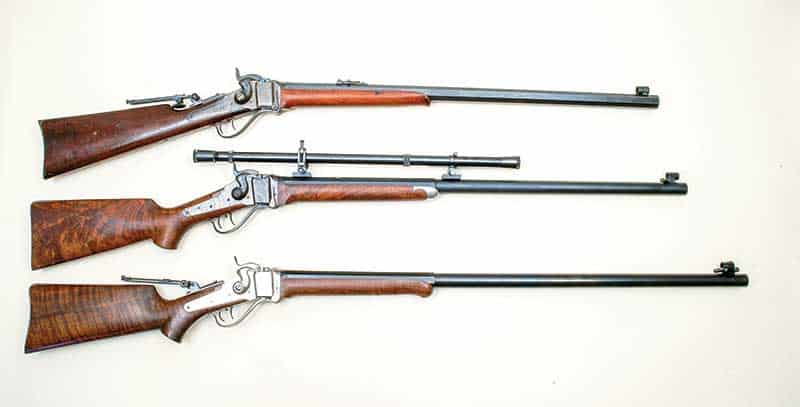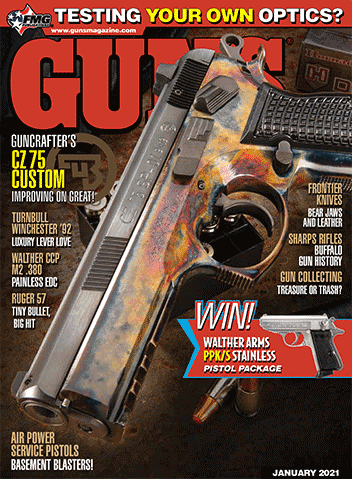All Talk?
In actual fact I knew next to nothing about Sharps rifles except what they looked like. Unknown to me were their weights, barrel lengths, sights or even specific cartridges but still I wanted one. Therefore it was a very pleasant surprise to me eight years later when perusing the aisles at the 1980 SHOT SHOW held (of all places!) in San Francisco, I stumbled upon a display of very handsome and newly manufactured Sharps Model 1874 rifles. The maker was Shiloh Rifle Manufacturing of Farmingdale, N.Y.
If you think this was fortuitous, get this — a mere three years later Shiloh moved to Big Timber, Mont., which by local standards is practically in my back yard. They still reside there along with another company named C. Sharps Arms located on the same street. Both produce Model 1874s among other variations. Here is a confusing fact: The moniker Model 1874 was an afterthought. They were actually introduced in 1871.








